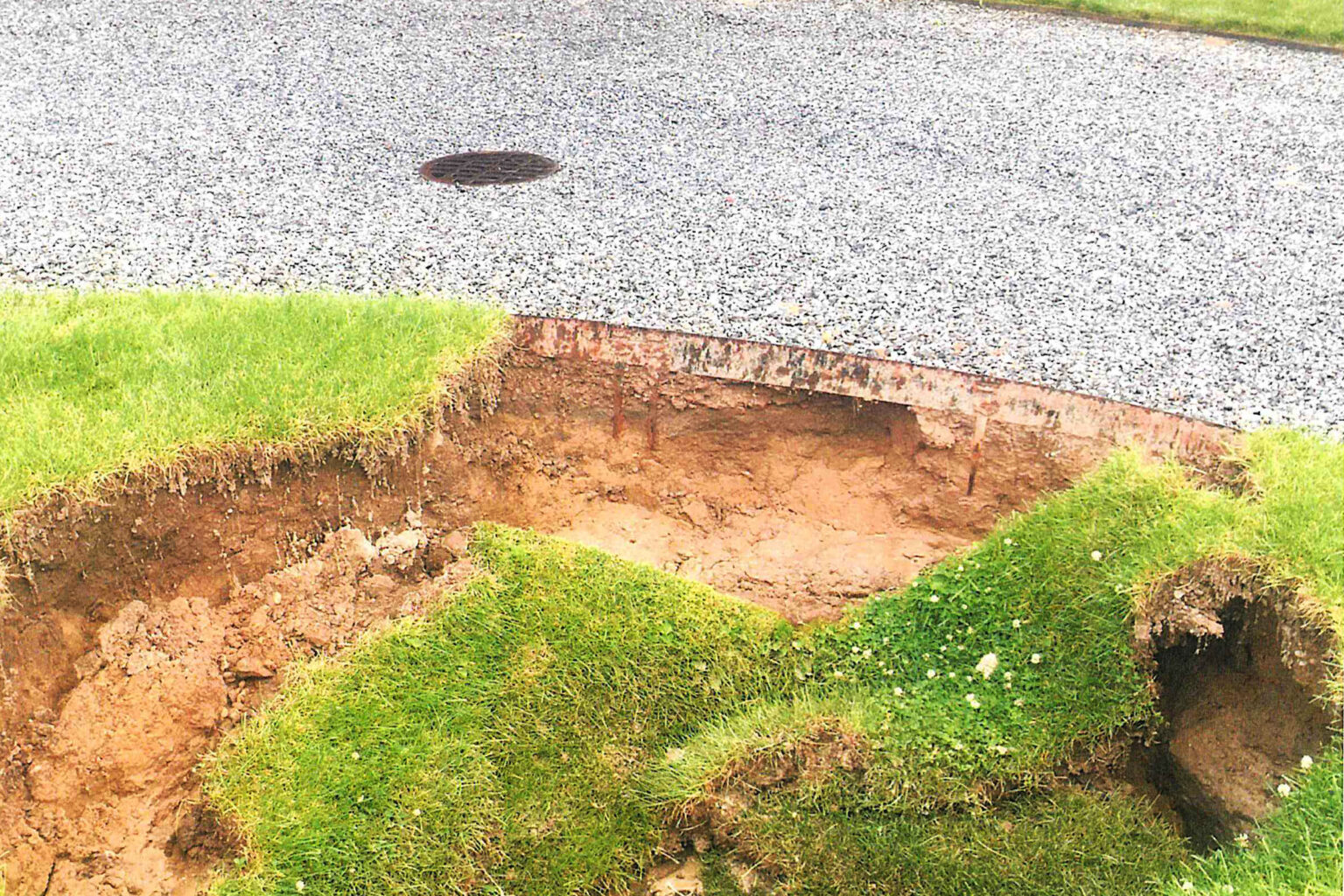A malfunctioning septic system can be a major headache for homeowners. Sewage backups, unpleasant odors, and environmental contamination are just a few of the problems that can arise. But don’t panic! With the right approach, you can get your septic system back in working order and avoid costly repairs.

Image: justintimesepticpumping.com
Understanding Septic Systems
Before we dive into the repair process, it’s important to understand how septic systems work. These on-site wastewater treatment systems treat and dispose of sewage from homes and other small buildings that aren’t connected to a municipal sewer system.
Septic systems typically consist of two main components: a septic tank and a drain field. The septic tank, a large underground container, is where wastewater enters and solids settle to the bottom as sludge. The clarified liquid, known as effluent, flows out of the tank into the drain field.
The drain field is a series of underground pipes with holes or gravel trenches that allow the effluent to disperse into the soil. Bacteria in the soil purify the wastewater as it percolates through.
Signs of a Failed Septic System
Several telltale signs indicate a potential septic system failure:
- Sewage backups in drains or toilets
- Unpleasant odors around the drain field or septic tank
- Soggy or lush vegetation in the drain field area
- Pooling water or ponding on the property
Troubleshooting the Problem
If you suspect your septic system has failed, it’s crucial to act quickly. Here are some steps you can take to troubleshoot the problem:
- Check the drain field: Look for signs of soil saturation, such as a spongy feel or standing water. You can also pour water into the drain field and observe how quickly it absorbs.
- Inspect the septic tank: Remove the lid and check the water level. If the water level is unusually high or there is a thick layer of sludge at the bottom, it could indicate a problem with the tank.
- Test the effluent: Collect a sample of the effluent from the septic tank and have it tested for bacterial contamination or excessive solids.

Image: friendsofgeorgicapond.org
Fixing the Problem
Once you’ve identified the problem, you can start fixing it. Depending on the issue, repairs may involve:
- Pumping the septic tank: Regular pumping every 3-5 years helps prevent sludge buildup and potential system failure.
- Replacing the drain field: If the drain field is clogged or damaged, it may need to be replaced. This is a more complex repair that requires professional installation.
- Using additives: Biological additives can help break down solids and improve system efficiency. However, these should only be used in conjunction with other repair measures.
- Installing a new septic system: In severe cases, the entire septic system may need to be replaced. This is the most costly repair option but may be necessary if the current system is beyond repair.
Preventive Maintenance
The best way to avoid a failed septic system is to practice preventive maintenance. Regular pumping, avoiding flushing non-biodegradable items down the drain, and minimizing water usage can help extend the life of your system.
How To Fix A Failed Septic System
Conclusion
Fixing a failed septic system can be a daunting task, but it’s crucial to address the problem promptly to avoid costly repairs and potential health hazards. By understanding how septic systems work, troubleshooting the problem, and implementing the appropriate repairs, you can restore your system to proper functioning and ensure the health and well-being of your family and the environment. Remember, preventative maintenance is key to avoiding future system failures and ensuring the longevity of your septic system.